“Dr Google” and social media have become dominant forces driving the behaviour and desires of today’s aesthetics consumers.
The amount of knowledge your customers – existing and potential – can draw from cyberspace and consequently be influenced by is phenomenal, and possibly at the expense of your business.
Do you know your customers as well as you should? As in, do you know you how much they are being influenced by web and social media content – and, in particular, by what?
In early November, analyst Jamie Mills, from leading global is the industry leading consumer market research company Canadean, presented to in In-Cosmetics Asia conference in Hong Kong Targeting Consumers in Today’s Digital Era.
Canadean has shared their insights with SPA+CLINIC for the benefit of our readers’ growth and prosperity:
Today’s consumers live in a highly connected, technologically advanced society. To gauge what this means for the future of aesthetics businesses, in 2016 we surveyed over 50,000 respondents in 51 countries. This is what we discovered:
Millennials (18 to 34-year-olds) show the greatest engagement with the digital environment:
- 22% purchase most of their beauty/ grooming products online
- 46% are highly influenced by how digitally advanced/“smart” the product is when choosing beauty products
- 64% find being active on social media important
Asia Pacific: Consumers who post the following on social media once a week or more:

Update on an activity/experience: Average 36%; Millenials 47%
Update on your mood or how you feel: Average 31%; Millenials 41%
A picture of you and your friends: Average 27%; Millenials 38%
A picture of the food/drinks you consume: Average 28%; Millenials 37%
A picture of yourself (eg. selfie): Average 26%; Millenials 37%
A picture of your makeup, hairstyle or manicure: Average 20%; Millenials 28%
This has led to growing image consciousness among consumers in the quest for the perfect “selfie”
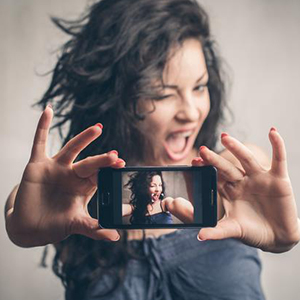
62% of Asia Pacific consumers place high importance on their general looks and appearance
in photos and images
Then [Canadean] looked at what is capturing the digital audience’s attention and imagination.
Innovation implications: Photo ready beauty – examples:

Banila Co Prime Primer Photo Layer Powder: Designed to give the appearance of polished and flawless complexion. Absorbs moisture and conceals redness and imperfections
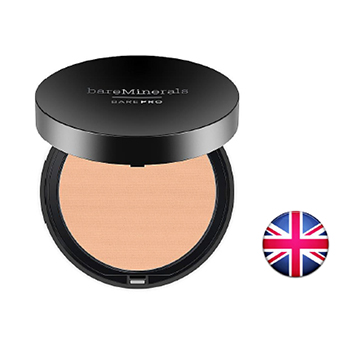
BareMinerals BarePro Performance Wear Powder Foundation: Photo-ready matte finish with 12 hour long wear. Combined with vitamins and minerals to support healthy complexion.
Innovation implications: Real life “photo shop”

W-Lab 3D Face Stick: Designed as a non-invasive way to reduce the size of the face and enhance the structure of the face. A two-product system featuring a highlighter and shading stick. Features active ingredients to moisturize and soothe irritation.
Innovation implications: Filter-inspired

Koh Gen Do Maifanshi Pressed Powder: Designed to illuminate the skin and mimic a soft focus filter. Reflects light from multiple angles to give a polished look.

Sephora Eyeshadow Filter Palette: Inspired by editing software commonplace on social media. Available in two “filters” – Sunbleached and Overcast
Innovation implications: Make it for Millennials
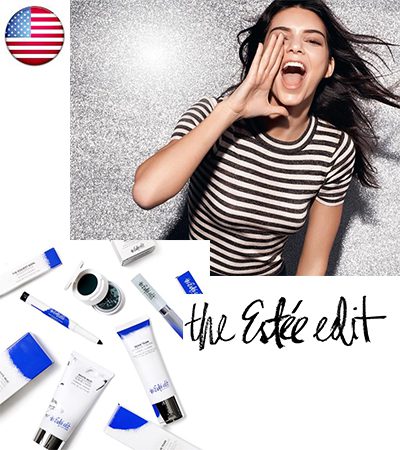
The Estee Edit: Specifically targets Millennials behaviours’ through its “camera-ready” instant benefit solutions. Focuses on consumer individuality with the #beautyattitudes campaign. Uses Kendall Jenner as ambassador for the brand.
Consumers value the opinions of the online community
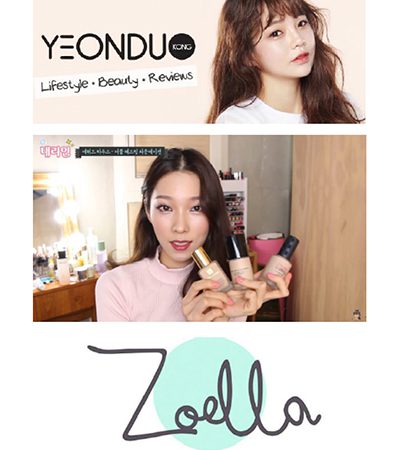
57% of consumers in Asia Pacific agree they are more likely to trust blogger/user reviews over brand claims
Consumers are seeking to interact with the beauty brands via the online landscape. In Asia Pacific, Consumers who do the following activities online:
- 47% read reviews and others’ posts on goods/services
- 30% Follow brands news and updates
- 22% Post reviews about goods/services
- 19% recommend products to friends and family
Innovation implications: Blogger affiliation
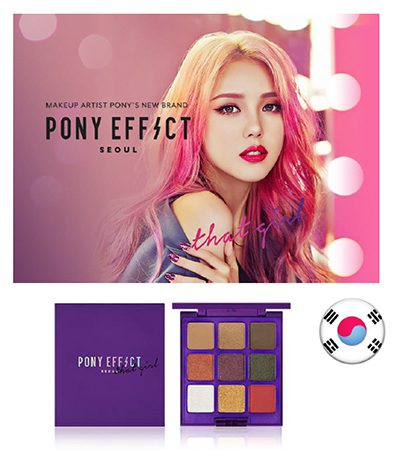
Pony Effect: An ongoing collaboration, Memebox has joined forces with South Korean vlogger and make-up artist, Pony to create a range of cosmetics. Designed to allow users to put her beauty tips and tricks into practice. Capitalises on the blogger’s Youtube following and trust credentials.
Innovation implications: Using online platforms to co-create with consumers
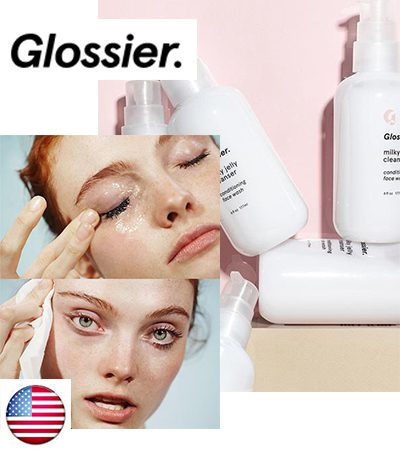
Glossier Milky Jelly: A facewash designed in collaboration with the brand’s online community. Users of the brand’s blog were asked what their dream facewash was from the type of texture and fragrance through to product pricing.
Consumers want products which are customised to their needs:

44% of consumers in Asia Pacific have a more favorable perception of products which are customised or personalised.
64% find products they have helped to create appealing.
Don’t currently use, but would consider using in future
The Asia Pacific respondents were asked: “Do you use digital tools such as smartphone apps or wearables, to monitor/manage the following?” top five:
Currently use: Product prices/ promotions, Exercise/fitness, Your weight, Manage spending habits, Food/drink consumption
Don’t currently use but would consider in future: Sleep quality/quantity, Dental/oral hygiene, Sun exposure, Skin conditions, Cleanliness of surroundings.
Innovation implications: Wearable tech
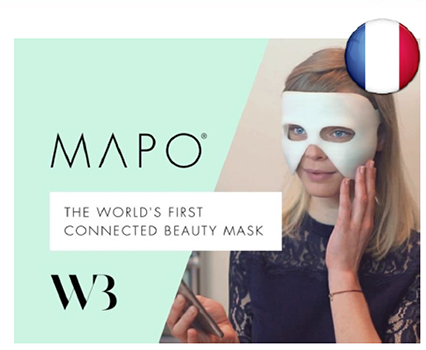
MAPO: A “connected” beauty mask which measures skin moisture through a one minute skin check up. It is connected to companion app, “La Clinique Digitale”.
My UV Patch: A “stretchable” electronic which changes color to show levels of sun exposure. Smartphone-connected, it alerts the user as to when to apply more SPF.
Innovation implications: Diagnostic tools
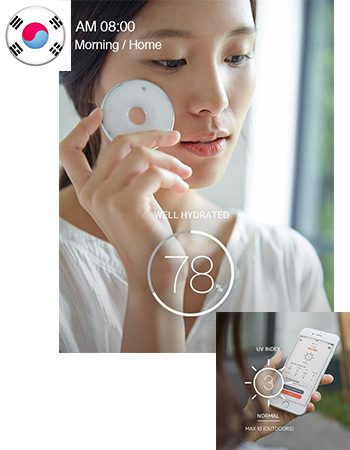
WAYSKIN: A smart device which is designed to improve user’s skincare regimen and track daily skin health. Users can measure skin hydration in real time and levels of UV and environmental factors they are exposed to. The WAYSKIN app delivers personalized advice such as a water intake guide and personalized skincare tips dependent on the tool’s skin results.
Innovation implications: Customised formulas

Romy Paris Figure: A home “beauty assistant” which uses capsule technology to target skin issues such as pollution, lack of sleep, cold weather, and signs of ageing. The connected smartphone app measures real-time data e.g. sleep patterns and air pollution levels so users can respond to their skin needs on a daily basis. The machine itself allows users to create single serve with different capsule combinations dependent on their needs at a specific point in the day
Looking ahead: Where next for digital beauty?
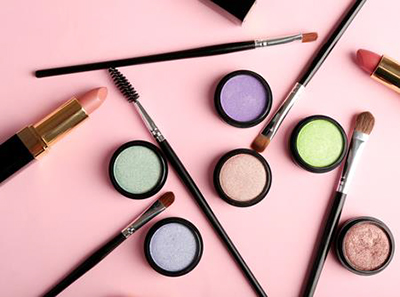
3D printed beauty: Combining customization and emerging 3D technologies for production and in the home.

Targeting tech stress: Appearance related damage caused by “tech-stress” creates new concerns to target.

Digital detox: Consumers may eschew or limit usage of new technology and associated behaviours.
- Follow Jamie Mills on Twitter: @jamie_canadean




